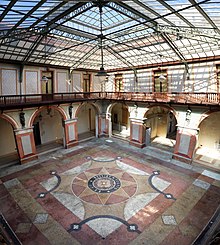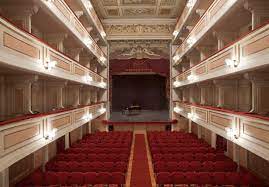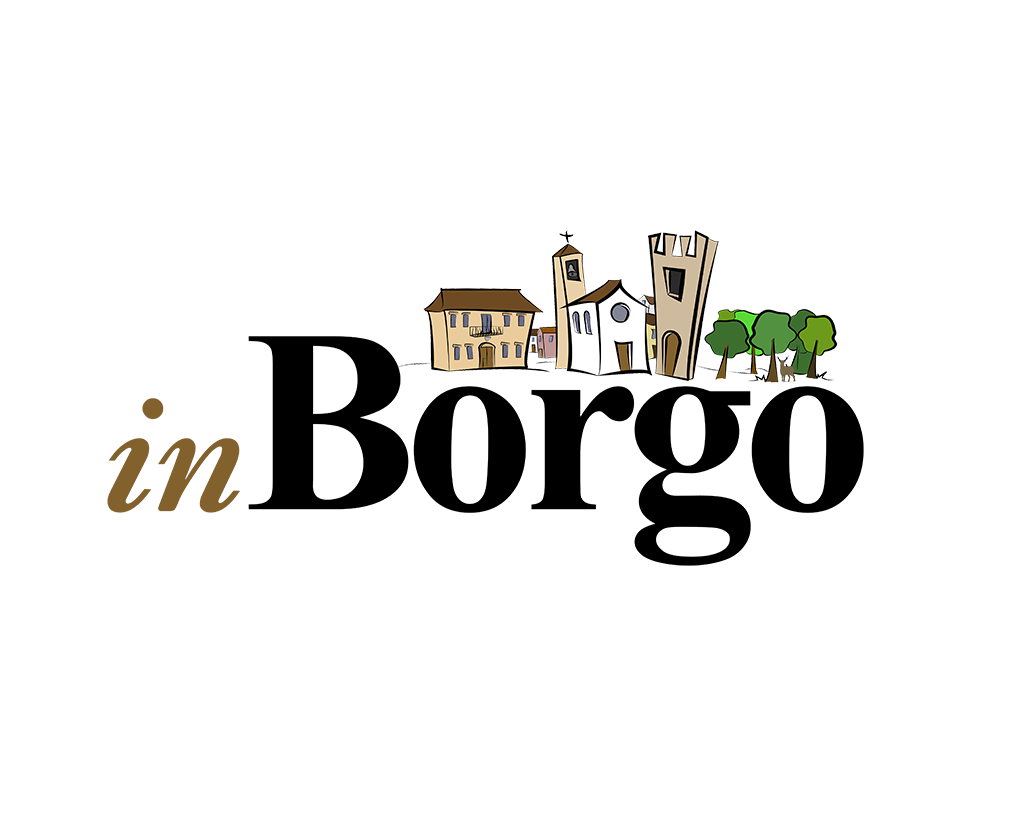Guastalla è una città di origini antiche. Si hanno dei ritrovamenti risalenti al periodo Etrusco, ma la prima menzione storica è della metà del IX secolo. Sarà solo sotto i Canossa che la città inizia ad avere una certa rilevanza dopo essere divenuta Diocesi. La sua posizione strategica vicino ad un punto dove il Pò ha gli argini più stretti e quindi luogo di facile guado, la rese un posto di passaggio e di conseguenza incrementò la sua popolazione e di conseguenza i commerci. Era anche un luogo molto fertile e questo fatto la rese molto appetibile agli occhi di Ferrante I Gonzaga che la acquistò nel 1539 e la inglobò nel suo impero. Solo due anni dopo si rese indipendente dal Ducato di Milano. Seguirono 200 anni di massimo splendore attirando molti artisti e letterati e arrivò a coniare una propria moneta.
Tantissimi gli edifici religiosi e nobiliari che decorano questa città dall’impianto urbanistico cinquecentesco ancora visibile, ad iniziare dal Palazzo Ducale, seguendo con il Duomo, Il piccolo ma bellissimo teatro dedicato all’attore Ruggero Ruggeri e la Biblioteca Maldotti. Numerose altre chiese sono presenti in città, tra queste ricordiamo la Chiesa della Santissima Annunciata, il Santuario della Beata Vergine della Porta e la Chiesa di San Francesco. Da non dimenticare l’oratorio di San Giorgio.
Guastalla is a city of ancient origins. There are some findings dating back to the Etruscan period, but the first historical mention is from the mid-ninth century. It was only under the Canossa family that the city began to have a certain importance after becoming a diocese. Its strategic position near a point where the Pò has the narrowest banks and therefore a place easy to pass, made it a place of passage and consequently increased its population and the trade. It was also a very fertile place and this fact made it very attractive in the eyes of Ferrante I Gonzaga who bought it in 1539 and incorporated it into his empire. Only two years later it became independent from the Duchy of Milan. 200 years of maximum splendor followed, attracting many artists and writers and came to mint its own coin.
There are many religious and noble buildings that decorate this city with a sixteenth-century urban layout still visible, starting with the Palazzo Ducale, following with the Duomo, the small but beautiful theater dedicated to the actor Ruggero Ruggeri and the Maldotti Library. Numerous other churches are present in the city, among these we remember the Church of the Santissima Annunciata, the Sanctuary of the Beata Vergine della Porta and the Church of San Francesco. Do not forget the oratory of San Giorgio.


Telefono: +39 0522 839711
